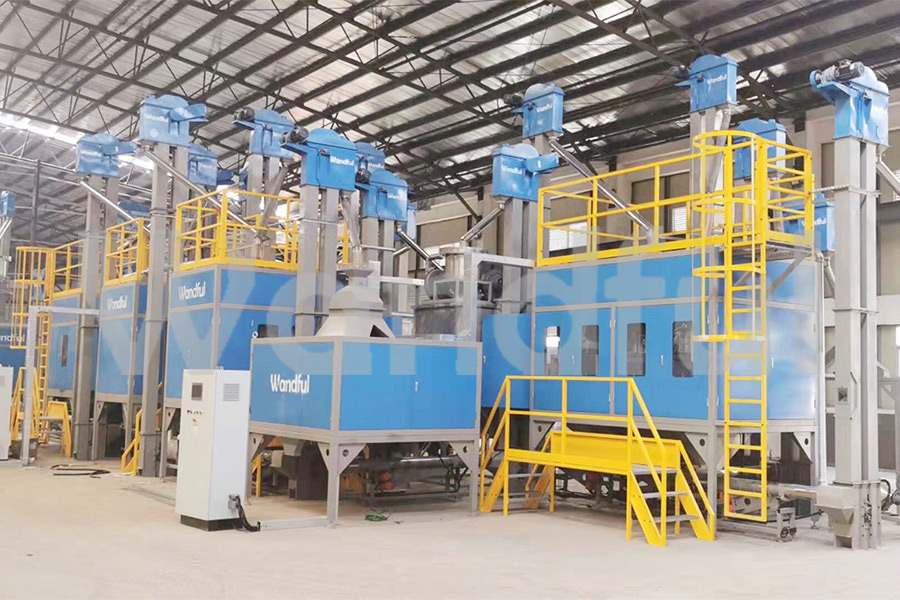The environmental impacts of waste plastics are alarming, requiring effective measures for management. Currently, various physical sorting techniques enable classification and recycling of waste plastics, although each approach has limitations. Moving forward, continued process optimization, combined with pre-processing and post-processing steps, will be needed to develop integrated solutions for minimizing "white pollution" and enabling sustainable use of waste plastics.

Key sorting techniques include manual picking, density separation, froth flotation, magnetic separation, and electrostatic separation. Manual picking is primitive yet time/labor intensive with low efficiency, only suitable for easily identifiable contaminants.
Density separation utilizes density differences between plastics, either through static settling or centrifugation. It works for large density contrasts but not similar densities.
Froth flotation leverages density differences in solution media, but control of solution density is difficult. It also risks water pollution and adverse byproducts that require further processing.
Magnetic separation uses magnetic differences, like eddy current separation which induces eddy currents in metals via alternating magnetic fields, accelerating metal movement away from non-metals. However, it cannot sort non-metallic materials.

Electrostatic separation utilizes differing plastic conductivities and interactions with electric fields. Electrostatic separators can sort 2-5 mixed plastic types at 1-3.5 tons/hour and 98%+ purity after a single pass. Simple operation by one person saves time and labor. Multiple passes are still needed for highly mixed plastics.